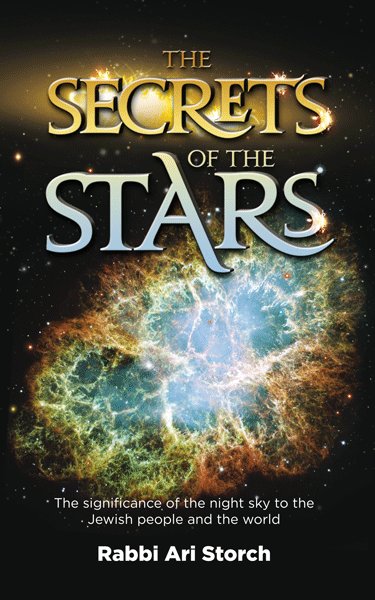Various Midrashic and rabbinic sources compare Queen Esther to astronomical objects or phenomena. One of the interesting things about this is that there are several different possibilities suggested. It seems so peculiar that all these sources agree that Esther represents, or is associated, with a stellar object, but they do not seem to agree as to what that is.
The Gemara (Megillah 13a) mentions that the name Esther comes from Istahara (אסתהרא) which Rashi interprets to refer to the moon.
Targum Sheini (Esther 2:7), on the other hand, says that it is referring to the Greek word that refers to Venus.
Rashi (Yoma 29b), based on the Gemara, also associates Esther with a phenomenon referred to as Ayeles HaShachar. Parenthetically, the Passhegen HaKesav (Hebrew translation and elucidation of the Targum Sheini), on the earlier verse from Esther (as well as other achronim) maintains that Venus is what Chazal refer to as Ayeles HaShachar. Interestingly, the Yerushalmi (Berachos 4b) emphatically states that Ayeles HaShachar is not Venus. The Alei Yonah maintains that this is something called zodiacal light although his suggestion seems unlikely as the Yerushalmi describes its sighting prior to dawn around the vernal equinox and zodiacal light is not visible then. (Shameless plug: Please keep your eyes open for my, as of now unnamed, book about the astronomical references in the Torah coming out within the year IY"H. Ayeles HaShachar, as well as many other topics, will be discussed.)
Another interesting point, although I have not seen anyone make this connection outright, is the similarity between Esther and the name Istahara (איסטהרא). Although the English transliteration of this name is identical to the earlier Gemara's word used for the moon, one can see from the Hebrew spelling that it is a different name. The Yalkut Shimoni (Bereishis 366) tells of a story in which a young woman of this name maintained her purity and was not seduced by evil angels that had descended to earth and were seeking relationships with mortal women. To honor her fortitude and piety she was placed as a star in the heavens in the star cluster called the Pleiades (found in the constellation Taurus, see last week's post).
Regardless of her cosmic nature, I would like to wish everyone a Happy Purim that is truly out of this world.


2 comments:
Yashar koach re your book! I look forward to it.
Enjoy your blog immensely as you bring Torah subjects that seem to have disappeared or are overlooked by so many Jews nowadays.
Akiva
Thank you, I appreciate your kind comments. I will try and keep everyone updated with info on the book as it becomes available.
Post a Comment